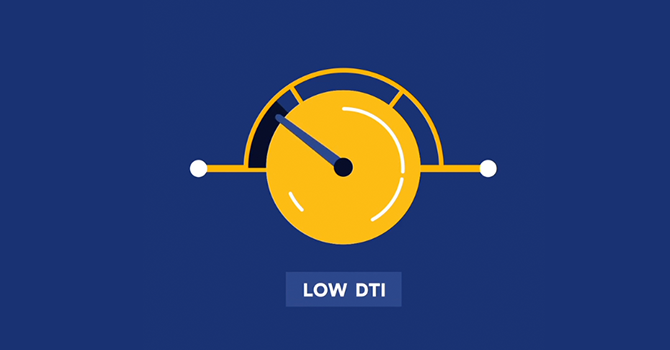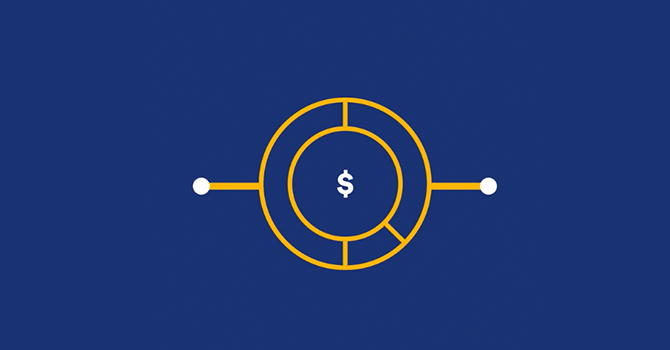How to calculate debt-to-income ratio
Your DTI, or debt-to-income ratio, is based on two numbers: your total debt divided by your gross monthly income. When you want to calculate your DTI, first you’ll add up your total debt payments for the month. This should include any loan payments (such as student loans, mortgage payments, or personal loans), the minimum credit card payments, car payments, child support, alimony, etc. Note, this total does not need to include other expenses such as rent, groceries, entertainment, or utility bills. Instead, it should include only the required payments you’re making on your monthly debts. Then you’ll calculate your gross monthly income (before taxes and deductions). This DTI calculator will divide your total debt by your gross income, and the result is a percentage, such as 30% DTI.
How lenders view your debt-to-income ratio
Lenders use your DTI, along with other criteria such as your credit score and credit history, to determine how risky it might be for them to lend you money. If you have a higher DTI (50% or above), it could mean it’s more difficult to meet your monthly obligations so lenders may view you as higher risk. But lenders may also consider your credit score and credit history which could help balance a higher DTI. Generally for mortgages, lenders will look for borrowers to have a DTI ratio of 43% or less, and a DTI that’s lower than 36% may be ideal. A lower DTI ratio shows lenders that you’re capable of managing your current debt and may be comfortable taking on more.
How to lower your debt-to-income ratio
When you’re applying for new line of credit or a loan, such as a mortgage, personal loan, or student loan refinance, it’s a good idea to be aware of your DTI. If you’re able to lower or pay off some of your debts to improve your DTI, you may be able to improve your chances of getting approved for a loan or qualifying for a preferable rate.
If you’re trying to lower your DTI, here are a few tactics to consider:
- Focus on starting to pay down higher-cost debt, such as credit card, especially if they have a high interest rate.
- Consider consolidating your debt if you’re able to find a lower rate that could help you save money on interest.
- Track your monthly expenses and try to cut down on any unnecessary expenses (or cancel extra subscriptions). Then focus on applying these savings to pay down your existing debts.
- Finally, be mindful of taking on any new debts or making major purchases, especially right before you apply for new credit like a mortgage.
Stay focused on paying down your debt and check in on your DTI periodically to see how you can make small improvements over time.








